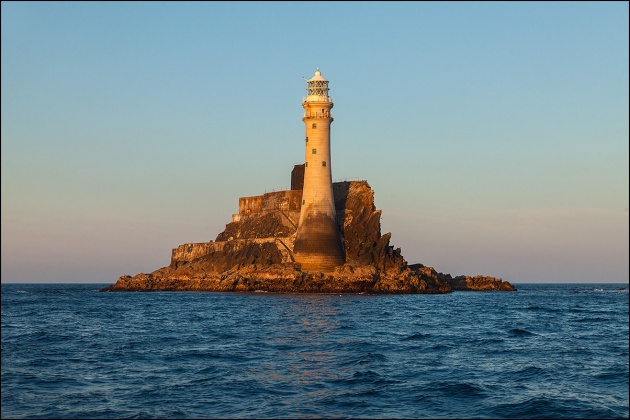Two miles north-west of Waterville, County Kerry lies the ruins of the Waterville Beach Hotel (a.k.a. the Reenroe Hotel).
It was built in the 1970s and closed in the mid-1980s. On the face of it the closure is difficult to understand – it is situated overlooking the beautiful Ballinskelligs Beach but even that was clearly not sufficient to attract enough customers on an ongoing basis to make it profitable.
Ballinskelligs Beach
The elements have since taken their toll and the place is now a crumbling ruin.
In the early 2000s, Eccleston International Ltd made plans to demolish the old hotel and build a 13,000 sq ft, 120 bedroom hotel on the site. The proposal had the backing of the local community who looked forward to the employment that would be created. There was however a single objection from a couple – Eugene and Anne McMahon – who are resident in Canada but who have a holiday home in the area. An Bord Pleanála upheld the objection. That objection was in turn overturned by An Bord Pleanála at the end of 2007 and the green light was given for the development to go ahead. However, the economic climate had changed dramatically in the meantime and nothing happened. The planning permission has since expired and the site is now for sale with an asking price of €150,000.
I had never heard of the place until I read Susan Cloonan’s blogpost: http://queenofpots.com/blog/2013/08/25/abandoned-waterville-beach-reenroe-hotel/
My interest piqued, I travelled to West Kerry yesterday to photograph the ruin. There is easy access to the hotel. I didn’t see any signs saying “Keep Out” or “No Trespassers”. I ventured inside with some trepidation in case a slab of masonry or something might fall on me but I emerged unscathed.
I’m not a huge fan of HDR but I decided to use the technique to give the interior shots a hyperreal effect which I think the grotesqueness of the place demanded.


























